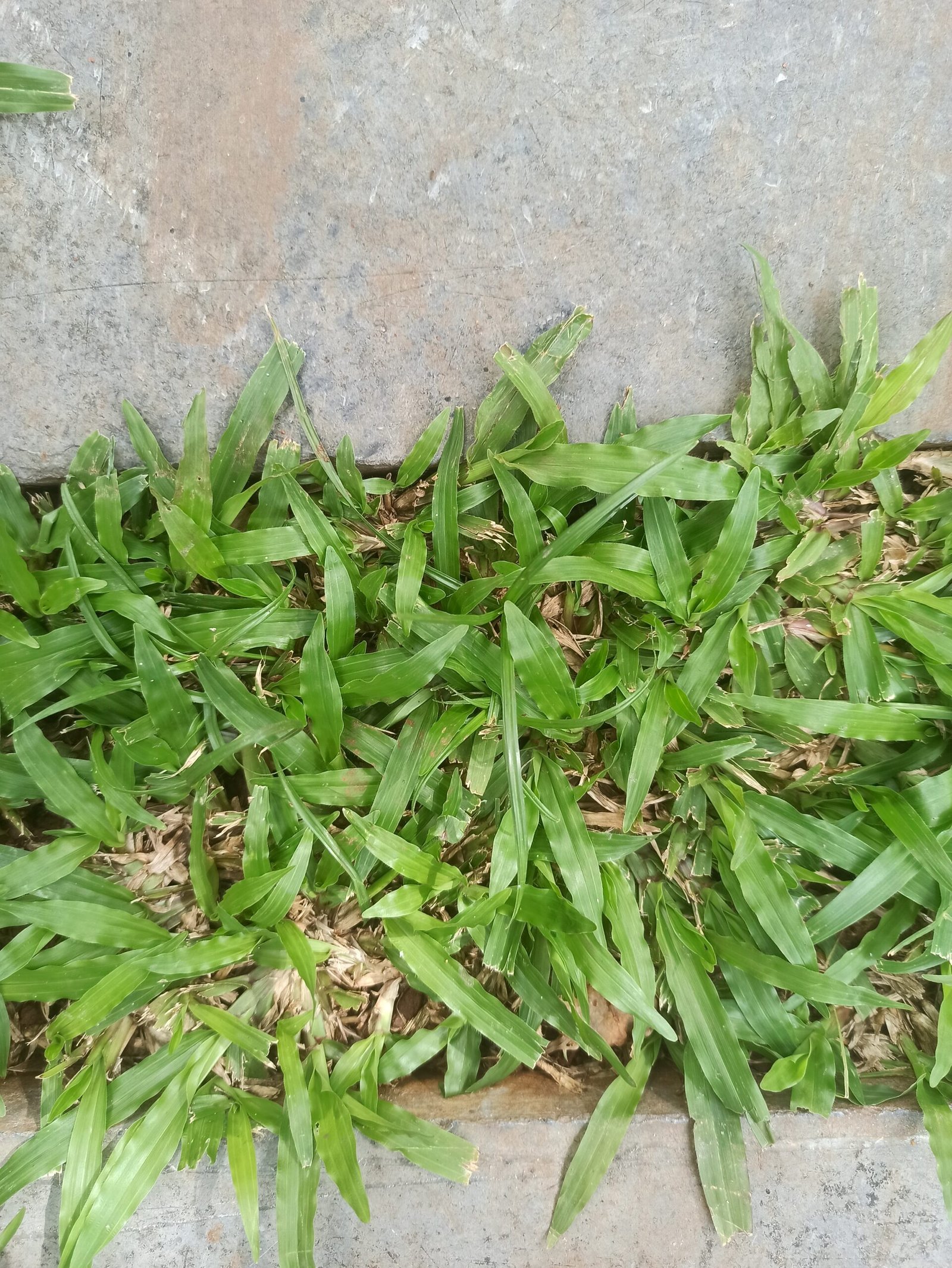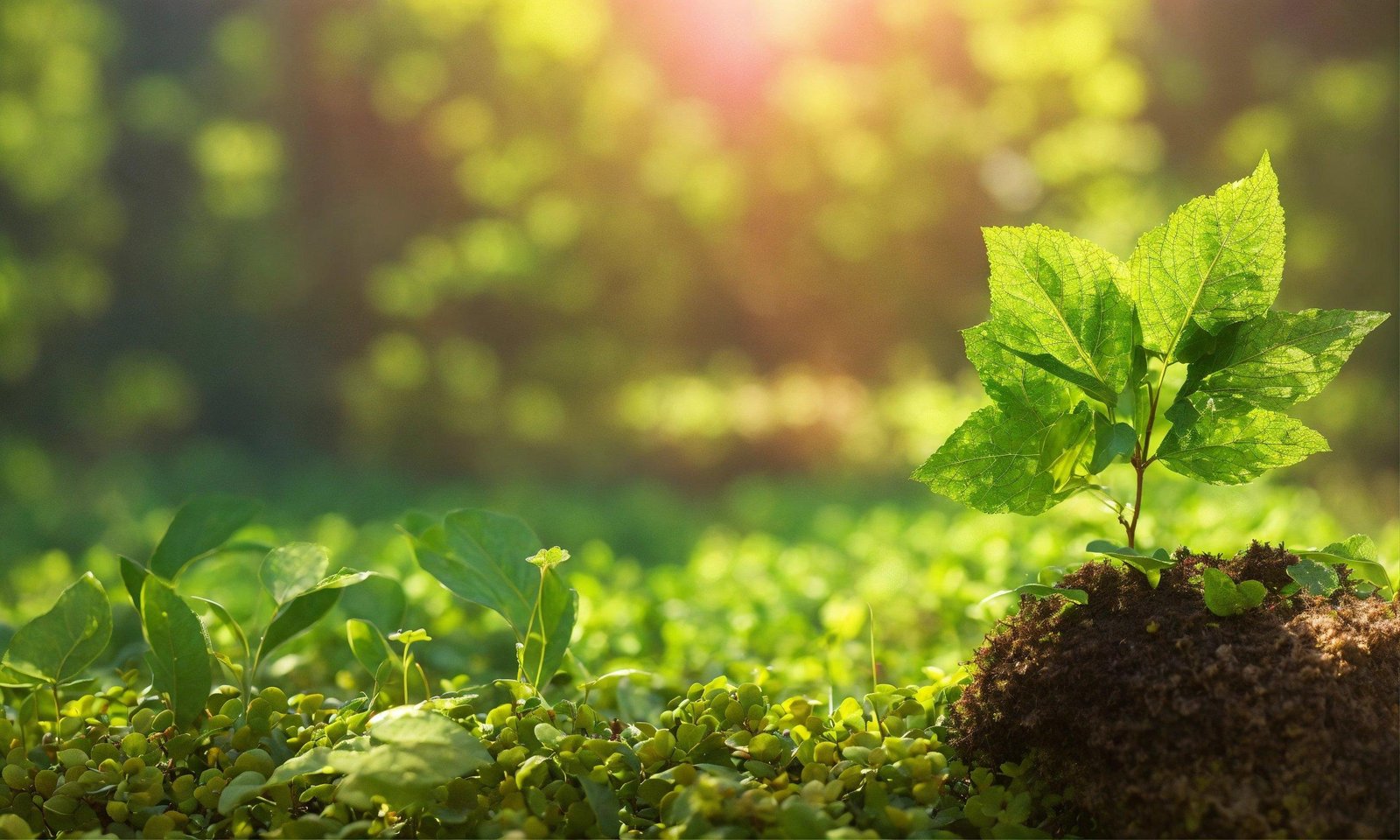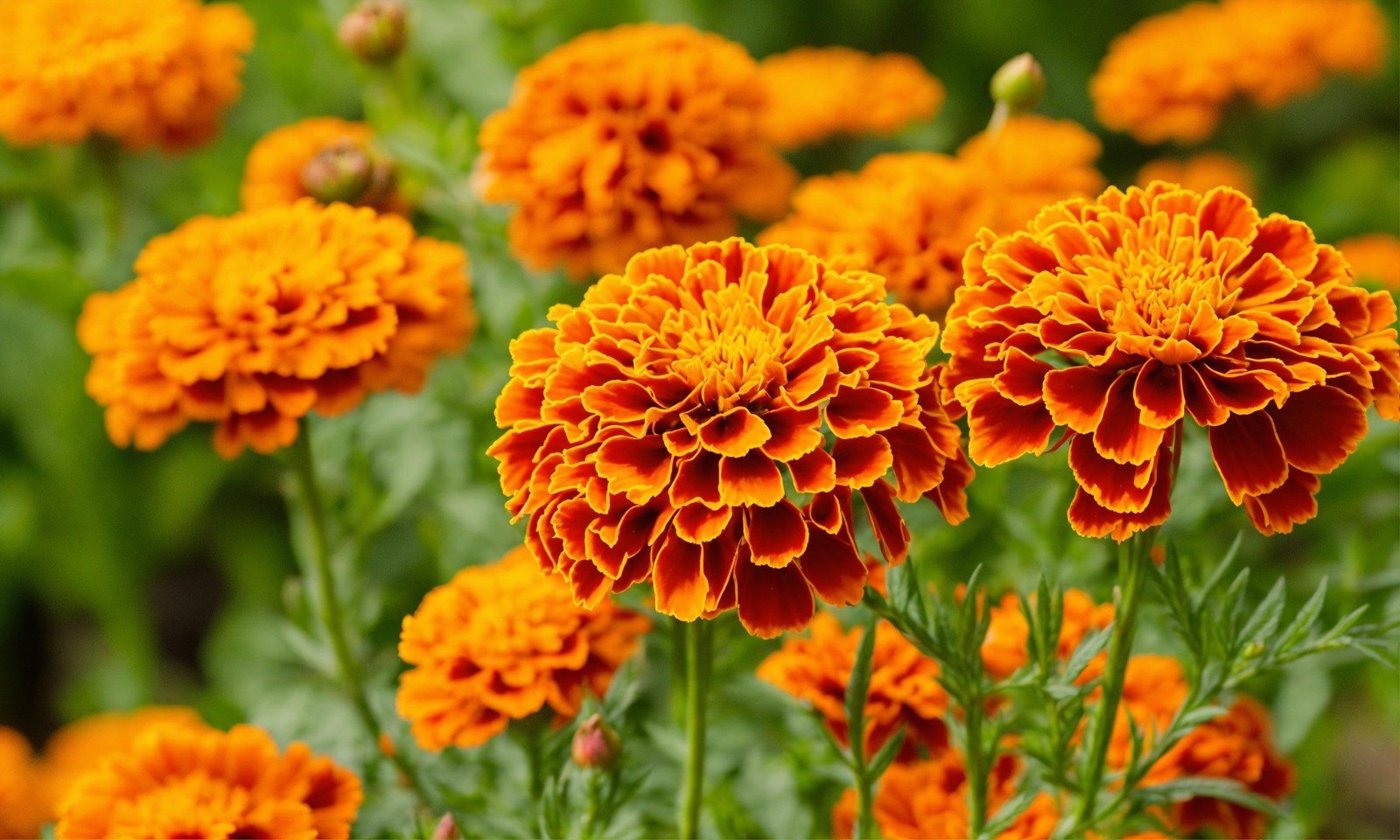What is crevice gardening?
Crevice gardening is a style of gardening that uses small spaces between bricks, stones, or other objects to grow plants. Crevice gardens can be very effective in cool climates because they allow the sun to filter through the openings and warm the plants from the inside.

What is Crevice Gardening?
Crevice gardening is a type of gardening that involves planting plants in small spaces between rocks, bricks, or other objects. The name comes from the fact that these spaces resemble the crevices in rock. Crevice gardens are a great way to add color and Interest to your home or garden, and they are also easy to care for. Here are some tips for starting a crevice garden:
- Choose a location for your garden that has good drainage and plenty of sunlight. Crevice gardens don’t do well in wet areas or in areas with too much shade.
- Clean the area where you are going to plant your garden thoroughly before you start planting. This will aid in halting the spread of any infections.
- Choose plants that will fit well into the space you have chosen for your garden. Crevice gardens don’t usually have a lot of room for large plants, so choose plants that are small and easy to care for.
- Plant the plants close together so that they can share resources like water and sunlight.
- Mulch the soil around the plants regularly to keep them moist and healthy.
How to Start a Crevice Garden
Crevice gardening is a fun and easy way to have fresh flowers all year long. With just a few supplies, you can create stunning gardens in small spaces. Here are tips for starting a crevice garden:
- Choose a sunny spot. Crevice gardens thrive in places with plenty of light, such as near a window or door.
- Make the soil moist but not wet. Too much moisture will cause pests and fungus to flourish, so make sure the soil is just damp enough to hold onto your plants’ roots.
- Plant your flowers carefully. Crevice gardens are delicate ecosystems, so be sure to plant only the hardiest varieties of flowers in them. Avoid plants with long roots that could damage the walls of the crevice.
- Water when necessary. Keep an eye on your plants and water them when the soil starts to dry out or when the leaves start to droop.
- Mulch if necessary. Crevice gardens enjoy some protection from wind and rain, so adding some mulch every couple of years will help keep them healthy and free from weeds.
What To Plant In A Crevice Garden
Crevice gardening is a great way to add some interest and color to your home garden. With proper planning, you can create a garden in any tight spot or small area. Here are some tips for starting a crevice garden:
- Choose plants that will grow well in tight spaces. Crevice gardens can be filled with plants that naturally require less space, like succulents and epiphytes.
- Think about the colors you want your garden to have. A mix of bright colors can really make your garden stand out.
- Choose plants that will help fill in the gaps between rocks or other elements in your garden. For example, trailing vines or hardy shrubs can provide texture and height.
- Consider using containers for your plants if space is limited. Containers can be filled with soil and placed in the desired location, then left to grow. This method is especially useful if you don’t have any large rocks or soil available to use as planting areas.
How to Water a Crevice Garden
If you’re looking for a way to add some interest to your backyard without having to deal with heavy work, crevice gardening may be the perfect option for you. Crevice gardens are created by planting plants in tight spaces between rocks or other hard surfaces. Because water is restricted to these areas, they are often more drought-resistant than traditional gardens.
To start a crevice garden, first, determine the size of your space and figure out which type of plant will be best suited for it. Some popular choices for crevice gardens include succulents, ferns, and cacti. Once you have chosen your plants, it’s time to decide how you’ll water them. You can use a water bottle or
Keeping a Crevice Garden Healthy
Crevice gardens are a great way to get fresh vegetables without having to fuss with a garden plot. By training plants in small spaces, you can create gardens that are compact and easy to care for. Crevice gardens also make great additions to smaller yards or patios. Here are some tips for starting a crevice garden:
- Make sure your soil is well-drained and enriched with compost. Crevice gardens need less water than traditional gardens, but they still need good drainage to prevent wet soil from causing rot.
- Choose plants that will fit comfortably into your space. Many crevice garden plants are small and will require very little water or maintenance.
- Train the plants carefully. A well-trained crevice garden will look neat and tidy, with no gaps between plants. You can train the plants by hand or using a trowel or hoe.
- Prune the plants regularly to keep them healthy and looking their best. Crevice gardens are particularly susceptible to pests and diseases, so it’s important to take regular care of them if you want them to last long




